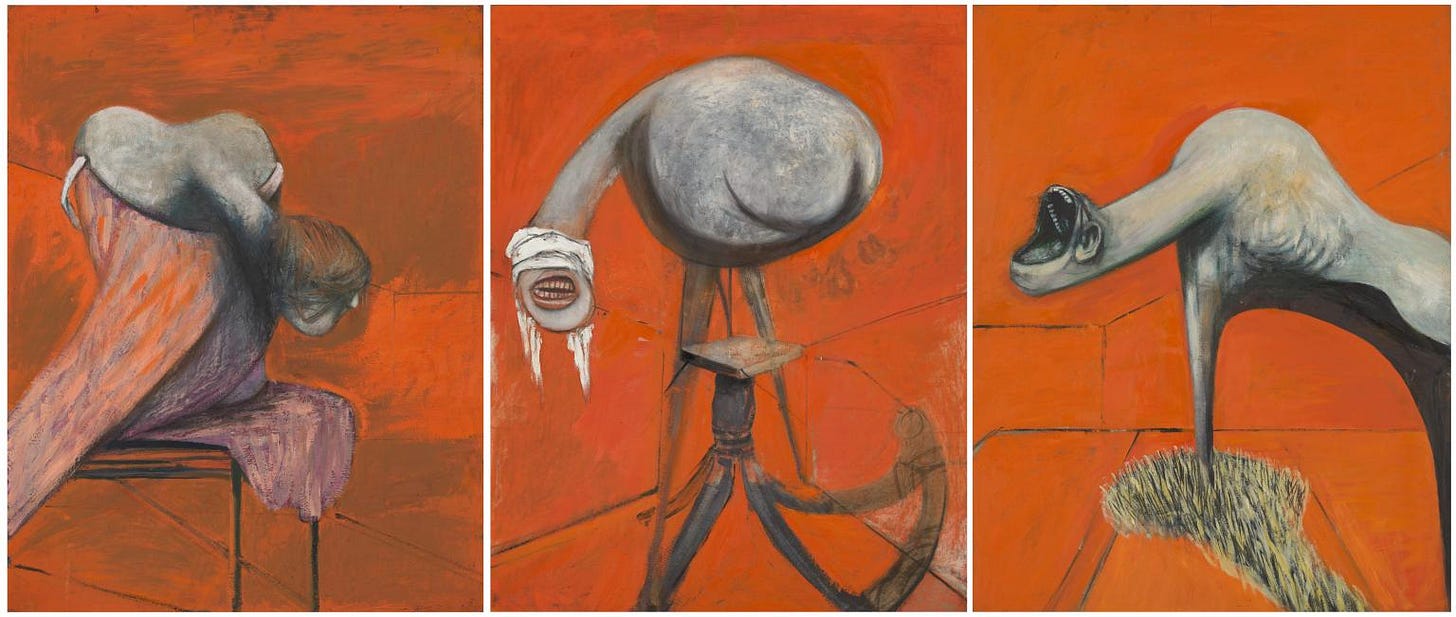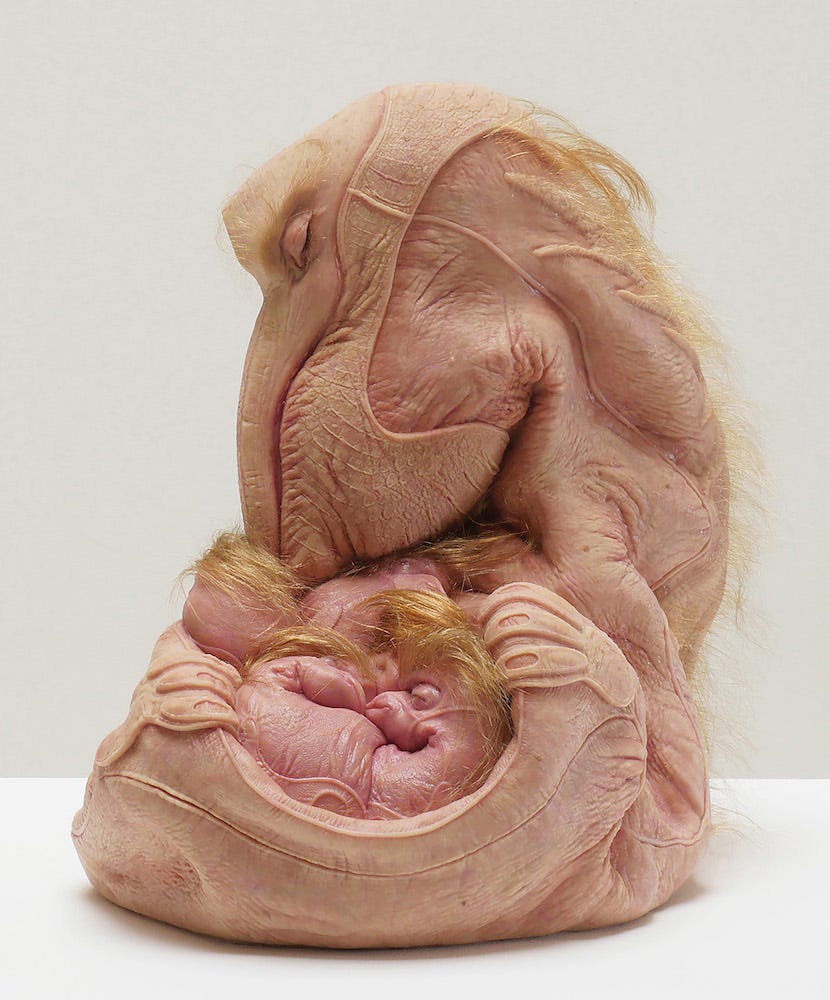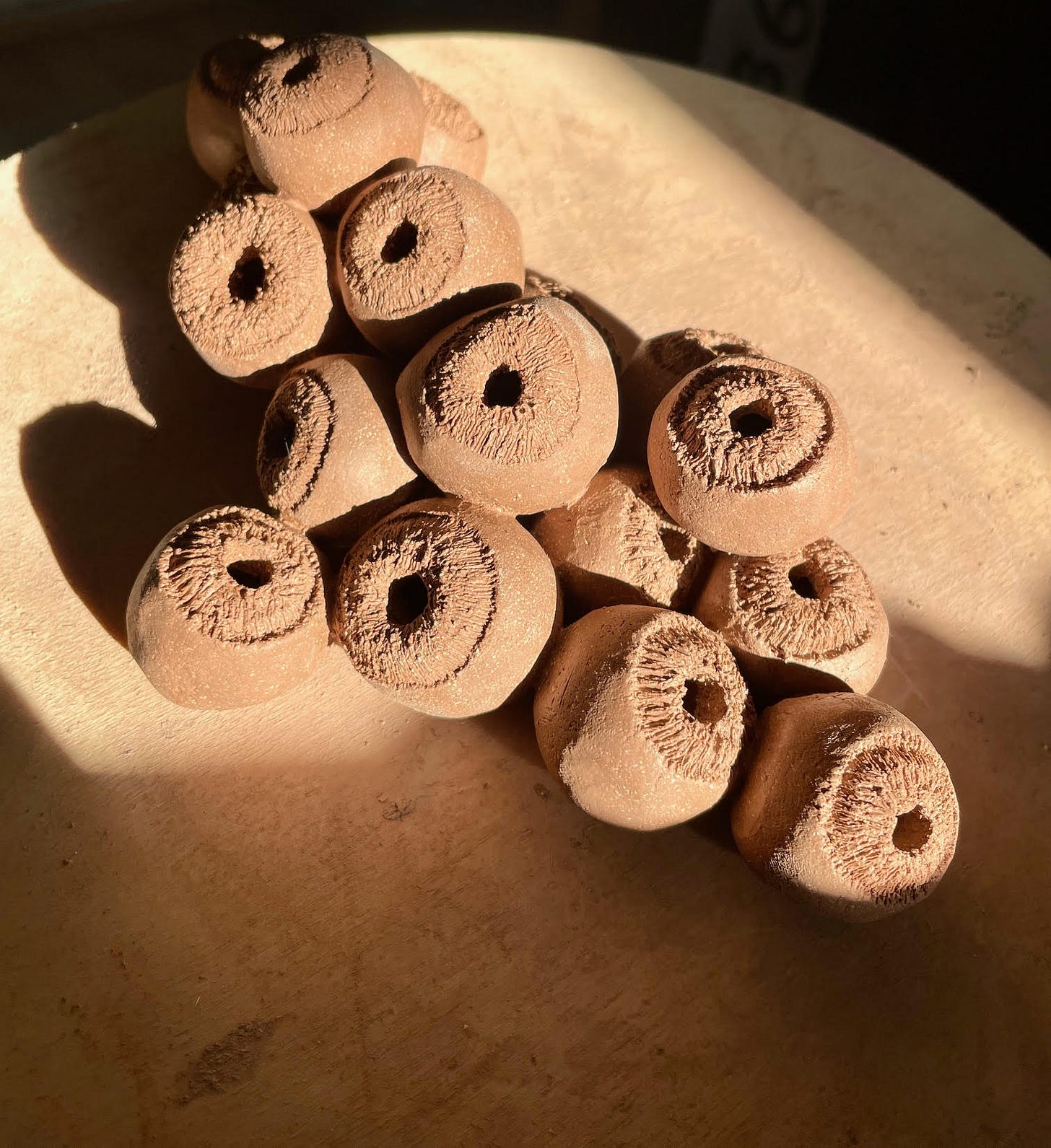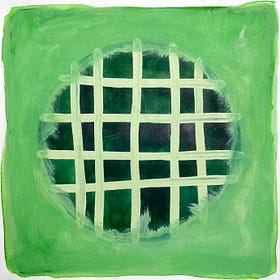I’m interested in what it means to make and observe the grotesque from psychological and psychotherapeutic viewpoints.
My earlier post about getting comfortable being uncomfortable mentioned this, and now that I’m fully in the swing of making odd, uncanny, strange and repulsive things I thought I’d explore this further.
I’ve been making clusters of eyes and I just really love them:
I can tell you that there was a conscious intention to make these eyes, after making a single one for an exhibition. I wondered if I could stick them together in a mass and I thought about the symbolism of eyes. I was curious if a mass of eyes would make people (and myself) uncomfortable, but if we could sit with that, what would happen next.
After the initial stomach-churn I started to feel a sad kind of sympathy. I thought of all these eyes, human and non, all mashed together and witnessing the same horror. I thought about us all witnessing pain and horror and what that does to us. But I considered us being united in our fear and repulsion, a community of suffering, and I come back around to a question I often ask: how do we attempt to help each other?

Again with this painting by Francis Bacon, you can start sickened and repulsed, but where do you end up?
When you can sit with this kind of tension perhaps something like the transcendent function can occur, a third idea or feeling and a new perspective.
What I would love is for people to feel an emotion that we don’t even have a name for: a feeling of warming to something that you initially found disconcerting or unpleasant or challenging - Patricia Piccinini

Discomfort
I’ve mentioned the brilliant This Jungian Life podcast before because it was the first place I heard the idea of ‘getting comfortable with being uncomfortable’ in relation to the transcendent function.




Such an interesting point of view Kate really liked it. The whole idea of trying to spark a new emotion was really thought provoking.
Have you read Umberto Eco’s On Ugliness?